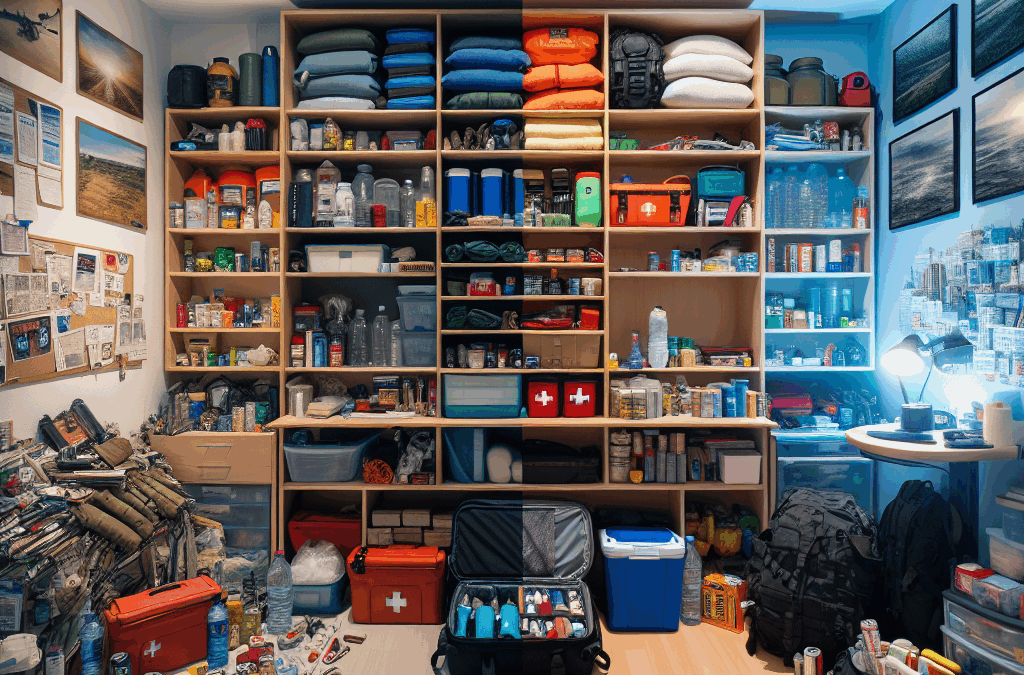In a world where uncertainty can strike at any moment, understanding the importance of emergency preparedness is not just a luxury; it’s a necessity. Whether it’s natural disasters, power outages, or unexpected medical emergencies, having a well-thought-out plan can mean the difference between chaos and calm. Every household should prioritize discussing and developing an emergency strategy tailored to their unique circumstances. It’s about ensuring safety for yourself and your loved ones when every second counts.
The backbone of effective emergency preparedness lies in assembling essential supplies. Building your ultimate emergency kit is not as daunting as it may seem. Start by gathering non-perishable food items, including canned goods, granola bars, and dried fruits—foods that provide energy while requiring little prep time. Don’t forget water! A gallon per person per day for at least three days is advisable. Include first-aid essentials such as bandages, antiseptics, and necessary medications in your kit. Flashlights with extra batteries are crucial for navigating those dark moments when power fails unexpectedly. Lastly, add important documents like identification and insurance information, stored in waterproof containers. When disaster strikes, having these resources at hand can save precious time.
Creating your family emergency plan is another vital aspect of preparedness. This involves establishing clear communication strategies to ensure that everyone knows what to do and where to go during an emergency situation. Designate safe meeting spots both close to home and outside of the neighborhood so that family members can regroup easily if separated. Discuss how you’ll communicate if cell services become unreliable; consider using texts or social media platforms since they often operate better than voice calls during high-volume situations.
Moreover, make sure every member of your household understands the safety protocols associated with various emergencies—these could range from fire escape routes to procedures for severe weather events like tornadoes or hurricanes. Regularly practicing drills helps engrain these actions into muscle memory so that when panic sets in, instinct kicks in instead.
Staying informed is paramount on this journey towards mastering emergency preparedness at home. Utilize available resources to enhance your knowledge continually; local community centers often offer workshops on disaster preparedness led by trained professionals who specialize in safety techniques relevant to your area’s risks. Online resources from organizations like FEMA provide comprehensive guidelines on everything from creating plans tailored for pets to understanding the latest updates on potential threats facing your region.
Investing time into ongoing training elevates not only personal confidence but also collective readiness within families and communities alike—consider taking classes in first aid or CPR; these skills can be invaluable when help may be delayed due to overwhelming circumstances.
Thank you for reading this post, don't forget to subscribe NOW for FREE!
In conclusion, transitioning from chaos to calm requires deliberate efforts toward preparation—understanding its importance lays the groundwork for action while building comprehensive supply kits fortifies resilience amidst uncertainty. Clear communication strategies empower families during crises while staying informed ensures adaptability against evolving threats around us. Embrace this challenge with optimism; together we can turn potential turmoil into manageable scenarios through diligent planning!






